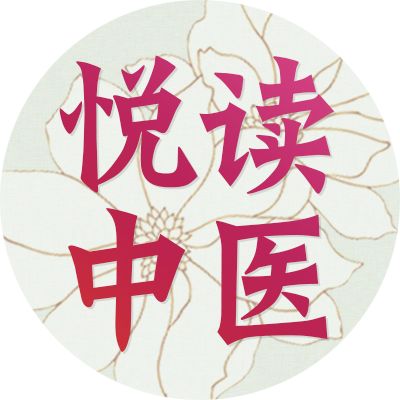 Daily TCM Insights at 11:30 AM
Daily TCM Insights at 11:30 AM
Authoritative and high-quality knowledge of Traditional Chinese Medicine
If you like it, please bookmark it
Editor’s Introduction
The method of promoting blood circulation and resolving stasis is a common therapeutic approach in TCM, widely used in clinical practice. Each therapeutic method has its key points, and the method of promoting blood circulation and resolving stasis is no exception. It is not sufficient to simply apply blood-activating and stasis-resolving herbs whenever encountering blood stasis syndrome. So, what aspects should we pay attention to when applying this method? Let’s learn from the medical cases presented in this article.
01Distinguish Between Root and Branch in Promoting Blood Circulation and Resolving Stasis
When disease is caused by stasis, the focus should be on removing the stasis. If the stasis is a result of an underlying disease, although it exacerbates the condition, it is a pathological product; the primary disease is the root, and blood stasis is the branch. Treatment should primarily target the underlying disease, supplemented by methods to promote blood circulation and resolve stasis.
Ms. Zhang, 37 years old, was admitted on January 15, 1983.
She had been experiencing vaginal bleeding for 23 days, worsening for 1 day.
The bleeding was accompanied by many clots, and she had abdominal pain. In the outpatient clinic, she was treated for blood stasis with the formulas Tao Hong Si Wu Tang (Peach Blossom Four Substance Decoction) and Shao Fu Zhu Yu Tang (Lower Abdomen Stasis Resolving Decoction). After taking the medicine, the bleeding did not stop, and the clots remained numerous. Current examination: vaginal bleeding was profuse, accompanied by dizziness, shortness of breath, pale complexion, pale lips, slight abdominal pain, thin white tongue coating, pale tongue body, and weak wiry pulse.
This indicates heart and spleen deficiency, with qi unable to contain blood, and disharmony of the Chong and Ren vessels, leading to uterine bleeding. Here, qi deficiency is the root, and blood stasis is the branch. Therefore, the treatment should focus on nourishing the heart and strengthening the spleen, tonifying qi to contain blood, regulating the Chong and Ren vessels, and supplementing with methods to promote blood circulation and resolve stasis.
Prescription:Red Ginseng (Hong Shen) (separately stewed) and Sang Ji Sheng (Mulberry Mistletoe) 20g each, Dang Shen (Codonopsis) and Huang Qi (Astragalus), E Jiao (Donkey-hide Gelatin) (melted), calcined cuttlefish bone, calcined dragon bone, calcined oyster shell 30g each, Bai Zhu (White Atractylodes), Shu Di Huang (Rehmannia) and Qian Cao (Madder) (stir-fried), Pao Jiang (Ginger) 15g each, Dang Gui (Angelica) and Tian Qi (Notoginseng) (washed) and Huang Qin (Scutellaria) 8g each, Chen Pi (Tangerine Peel) 6g. Decoction for oral administration.
After 2 doses, vaginal bleeding significantly decreased. The prescription was adjusted and continued for several doses, and the bleeding completely stopped, with improvement in her condition, leading to discharge from the hospital.
Note:The prescription includes Red Ginseng, Dang Shen, Huang Qi, Bai Zhu to tonify qi and strengthen the spleen; Shu Di Huang and Sang Ji Sheng to nourish the liver and kidneys and regulate the Chong and Ren vessels; E Jiao, Dang Gui, Tian Qi, and Qian Cao to nourish blood, promote blood circulation, and stop bleeding; calcined cuttlefish bone, calcined dragon bone, and calcined oyster shell to restrain and stop bleeding; Huang Qin to clear heat from the qi level; and Pao Jiang to warm the meridians. This formula emphasizes tonifying qi, as strong qi can contain blood and also guide blood to flow, with a slight addition of blood-activating herbs, creating a synergistic effect.

02Promoting Blood Circulation and Resolving Stasis Requires Differentiation of Severity
The formation of blood stasis can be acute or chronic; the quality of blood stasis can be stagnant or accumulated; the patient’s constitution can be strong or weak; and the herbs for removing stasis can be harsh or mild. Clinically, treatment should be selected based on the condition of blood stasis and the patient’s constitution, using either harsh or mild methods accordingly.
Mr. Lu, 54 years old, was admitted on November 25, 1982.
He had recurrent epigastric pain for 3 years, worsening for 1 month and aggravated for 1 week.
Three years ago, after a period of hunger, he experienced severe pain in the epigastric region after overeating, and despite various treatments, he did not recover. Previous doctors, following the theory that chronic illness must involve stasis, directly prescribed harsh blood-breaking herbs, which worsened his epigastric pain and caused persistent bloody stools, leading him to seek treatment at the hospital. Current examination: epigastric pain like a needle, tender to touch, belching with acid, dry bitter mouth, yellow urine, and positive occult blood test in stool (++) with a yellow greasy tongue coating, purple tongue body, and wiry rapid pulse. Barium meal examination revealed a large duodenal ulcer with significant curvature.
This gastric pain is due to disharmony between the liver and stomach, damp-heat obstructing the middle jiao, qi stagnation, and blood stasis damaging the stomach collaterals. The blood stasis syndrome is mild and accompanied by bleeding, which cannot be treated with harsh blood-breaking methods. Therefore, the treatment should focus on soothing the liver and harmonizing the stomach, clearing heat and eliminating dampness, promoting blood circulation and stopping bleeding; administering decoctions and intramuscular injections of Dan Shen (Salvia) needles, along with oral San Qi (Notoginseng) tablets.
What are the TCM treatment methods? This book will explain it to you——

Prescription::Chai Hu (Bupleurum) 12g, Bai Shao (White Peony), Xuan Hu (Black Hu), Yu Jin (Curcuma), Sheng Di (Raw Rehmannia), Bei Sha Shen (North American Ginseng) 20g each, Zhi Qiao (Bitter Orange), Bian Dou (Hyacinth Bean), Hou Po (Magnolia Bark), Xiang Fu (Cyperus) and Bai Ji (White Bletilla) 15g each, Pu Gong Ying (Dandelion) 30g, Cang Zhu (Atractylodes) 10g. Decoction for oral administration.
After 5 doses, the epigastric pain alleviated, and the bloody stools ceased. The original prescription was adjusted, and after 3 months, all symptoms were reduced, with a follow-up occult blood test in stool (-), and the barium meal examination showed good filling of the duodenum, with no signs of irritation or ulceration, leading to discharge from the hospital.
Note:Chai Hu, Bai Shao, and Xiang Fu soothe the liver to calm the stomach; Zhi Qiao and Hou Po open the qi and eliminate dampness; Pu Gong Ying clears heat and detoxifies; Dan Shen needles, San Qi tablets, and the herbs Xuan Hu, Yu Jin, and Sheng Di in the decoction promote blood circulation and stop bleeding; Bai Ji restrains and promotes healing. This selection emphasizes the milder blood-activating herbs to gradually remove the long-stagnant blood stasis while preventing the adverse effects of harsh blood-breaking herbs.
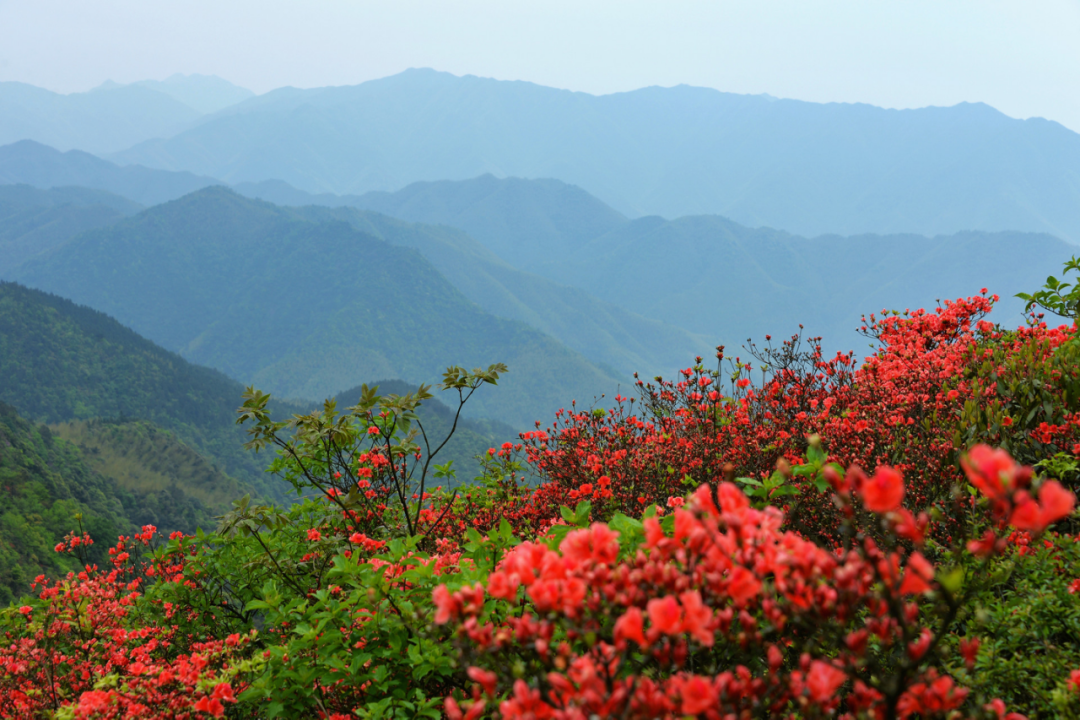
03Promoting Blood Circulation and Resolving Stasis Requires Location Differentiation
Generally speaking, blood stasis often has a specific location. If the blood-activating and stasis-resolving herbs can be combined with guiding herbs targeting the stasis location, the therapeutic effect will be enhanced.
Ms. Fu, 51 years old, was admitted on November 29, 1982.
She had recurrent headaches and dizziness for 10 years, with worsening episodes for half a month. After a miscarriage in 1966, she experienced significant bleeding, which gradually led to headaches and dizziness. Outpatient treatment for blood stasis was administered with Tao Hong Si Wu Tang (Peach Blossom Four Substance Decoction) with an increased dose of Chuan Niu Xi (Achyranthes), but the effect was mediocre. In the past half month, she experienced more severe headaches on both sides, with paroxysmal intensity, accompanied by a pale complexion, dizziness, insomnia, forgetfulness, dry eyes, and a dry mouth at night, preferring to rinse with water rather than swallow. The tongue coating was thin and white, lacking moisture, the tongue body was slightly red, and the pulse was wiry and thin. An EEG report indicated mild dilation and congestion of the bilateral internal carotid artery systems.
This indicates headache due to liver and kidney yin deficiency, with hyperactive liver yang and blood stasis obstruction. The treatment plan is to nourish the liver and kidneys, tonify qi and yin, subdue liver yang, promote blood circulation, and open the collaterals; and pay attention to the location of the headache when selecting herbs.
15 major TCM treatment methods, elaborating on their mysteries——
Prescription:Dan Shen (Salvia) and Jing Jie (Schizonepeta) 12g each, Sheng Di (Raw Rehmannia), Chi Shao (Red Peony), Nu Zhen Zi (Ligustrum), Ju Hua (Chrysanthemum), Chuan Xiong (Ligusticum), Shi Jue Ming (Abalone Shell), Bai Shao (White Peony) 30g each, Chuan Niu Xi (Achyranthes) 20g, Jie Geng (Platycodon) 8g, Chai Hu (Bupleurum) 10g, Zhi He Shou Wu (Processed Fo-Ti) 15g, and Zhi Gan Cao (Honey-fried Licorice) 6g. Decoction for oral administration.
After 5 doses, the headache decreased. After taking several more doses, the dizziness and headache significantly reduced, and she was able to sleep well. Two months later, a follow-up EEG showed mild dilation and congestion of the left internal carotid artery system. After treating with the previous formula for another month, she was discharged in good health.
Note:The formula includes Nu Zhen Zi, Zhi He Shou Wu, Sheng Di, and Bai Shao to nourish the liver and kidneys; Dan Shen, Chuan Xiong, Chi Shao, and Chuan Niu Xi to promote blood circulation and open the collaterals; Ju Hua, Jing Jie, and Shi Jue Ming to dispel wind and calm the liver. Jie Geng and Gan Cao are combined to enhance the upward movement of the medicinal properties; Chai Hu is used to guide the herbs directly to the affected area; and Chuan Niu Xi is included to balance the ascending and descending actions.
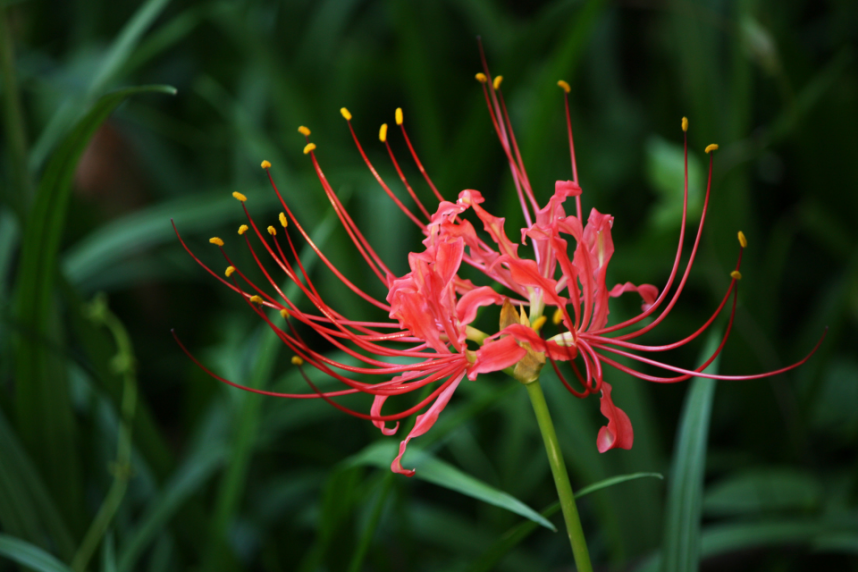
04Promoting Blood Circulation and Resolving Stasis Requires Comprehensive Consideration
Clinically, there are many causes of stasis, and once stasis occurs, it often coexists with phlegm, qi, food stagnation, and dampness. Treatment should be comprehensively analyzed and coordinated to be effective.
Ms. Zhang, 47 years old, was admitted on April 20, 1983.
She presented with facial and limb edema, recurrent low back pain for 8 years, worsening for 3 months and aggravated for 5 days.
Eight years ago, she suffered from pyelonephritis and improved after treatment. However, due to recurrent edema and low back pain, she was treated with Tao Hong Si Wu Tang (Peach Blossom Four Substance Decoction) with added Yi Mu Cao (Motherwort), Di Long (Earthworm), and Chuan Niu Xi (Achyranthes), but the effect was not significant. Current examination: accompanied by fatigue, tinnitus, dizziness, chest tightness, epigastric fullness, poor appetite, abdominal distension; urgent urination with yellow urine and slight burning sensation; loose stools twice a day; menstrual irregularities with heavy flow lasting more than 10 days, pale color with clots; thin yellow tongue coating, pale purple tongue body with teeth marks, and weak pulse. Urinalysis was negative. Blood tests showed creatinine at 2.32 mg%, and urea nitrogen at 41.5 mg%. A radioactive isotope renal scan indicated delayed renal function in both kidneys. Western medicine diagnosed chronic pyelonephritis with renal insufficiency. TCM diagnosis indicated spleen and kidney yang deficiency, with water obstructing blood stasis, dampness and phlegm transforming into heat, harming yin fluids.
The treatment should be comprehensive and coordinated. The plan is to combine TCM and Western medicine, with Western medication limited to Dexamethasone 0.75 mg twice daily; TCM should treat both the root and branch, with tonifying and resolving methods used together. The tonifying herbs support the recovery of spleen and kidney function, while the resolving herbs eliminate phlegm, stasis, and dampness.
Prescription:Huang Qi (Astragalus) 50g, Dang Shen (Codonopsis), Yin Yang Huo (Epimedium), and Shan Yao (Chinese Yam) 30g each, Rou Gui (Cinnamon), Zhi Gan Cao (Honey-fried Licorice), and Cang Zhu (Atractylodes) 10g each, Bai Zhu (White Atractylodes), Dang Gui (Angelica), Ze Xie (Alisma), Sheng Di (Raw Rehmannia), Shu Di (Rehmannia), Bai Shao (White Peony), Dan Pi (Moutan) and Fu Pian (Prepared Rehmannia) (first decocted) 15g each, Fu Ling (Poria) and Di Long (Earthworm) 20g each, Yin Chen (Artemisia) 12g, and Chen Pi (Tangerine Peel) 8g. Decoction for oral administration.
After 2 months, all symptoms improved, with follow-up blood tests showing creatinine at 1.28 mg% and urea nitrogen at 8 mg%. After 3 months, a follow-up renal scan indicated normal left kidney function and mild impairment of right kidney function. After another month of treatment, the renal scan showed normal kidney function, leading to discharge from the hospital.
Note:The formula includes Huang Qi, Dang Shen, Rou Gui, Zhi Gan Cao, Bai Zhu, and Yin Yang Huo to tonify the yang of the spleen and kidneys; Bai Shao, Sheng Di, Shu Di, Shan Yao, and Dang Gui to nourish the yin of the liver and kidneys; Chen Pi, Cang Zhu, and Fu Ling to eliminate dampness and transform phlegm; Yin Chen and Ze Xie to clear heat and eliminate dampness; Dan Pi and Di Long to promote blood circulation and open the collaterals. For severe edema, modifications of the Wu Pi Yin (Five Peel Decoction) combined with Fang Ji Huang Qi Tang (Siler and Astragalus Decoction) were used; for significant epigastric fullness, modifications of the Wen Dan Tang (Warm Gallbladder Decoction) were used; for urgent abdominal distension, modifications of the Gan Lu Xiao Du Dan (Sweet Dew Detoxifying Pill) were used. The method of promoting blood circulation and resolving stasis was integrated throughout the entire process, in addition to routine intravenous infusion of compound Dan Shen needles, selecting two or three herbs from Dan Pi, Dang Gui, Chuan Xiong, Di Long, Ze Lan, Yu Jin, and Chi Shao for each treatment.
//////////
The method of promoting blood circulation and resolving stasis is a commonly used therapeutic approach in clinical practice and can be applied to treat various diseases.
In addition to the method of promoting blood circulation and resolving stasis, there are other therapeutic methods in TCM. Let’s follow the book below to learn about the relevant knowledge of TCM treatment methods.
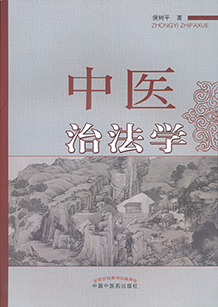
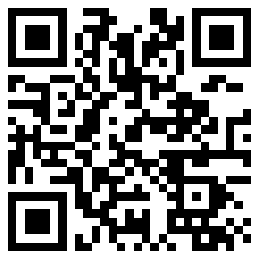
“Study of TCM Treatment Methods”
Click on the cover to learn more, scan the code for a free trial read
This book systematically organizes the theories of TCM treatment methods throughout history, tracing the origins of 15 major methods, and systematically reviews their sources, concepts, extensions, content, applications, and more, introducing the combinations, application techniques, and rules of treatment methods throughout history, showcasing the comprehensive application ideas, techniques, and clinical applications of treatment methods.
 Due to inventory checks, the TCM Academy will stop shipping from April 24, 2020, to May 6, 2020. During this period, you can place orders normally, and we will ship in order starting from May 7.
Due to inventory checks, the TCM Academy will stop shipping from April 24, 2020, to May 6, 2020. During this period, you can place orders normally, and we will ship in order starting from May 7. ▼Previous Highlights▼13 Chinese patent medicines for lowering blood lipids
▼Previous Highlights▼13 Chinese patent medicines for lowering blood lipids
Things to know when making acupoint patches for babies
Feeling anxious and restless? This condition can be self-regulated
If you find this article helpful, feel free to share it with more people. Your shares, likes, and comments are our motivation to move forward.
 Copyright statement: Some content is selected from “Xinglin Wenda” (published by China Traditional Chinese Medicine Press, authored by Nie Tianyi), and the final interpretation rights belong to the original author. This article is recommended for publication by Yue Du TCM (WeChat ID: ydzhongyi). Cover images and illustrations in the text are sourced from Shetu Network, and copyright belongs to the original author. If there is any improper use, please contact for deletion. Unauthorized reproduction is prohibited!
Copyright statement: Some content is selected from “Xinglin Wenda” (published by China Traditional Chinese Medicine Press, authored by Nie Tianyi), and the final interpretation rights belong to the original author. This article is recommended for publication by Yue Du TCM (WeChat ID: ydzhongyi). Cover images and illustrations in the text are sourced from Shetu Network, and copyright belongs to the original author. If there is any improper use, please contact for deletion. Unauthorized reproduction is prohibited!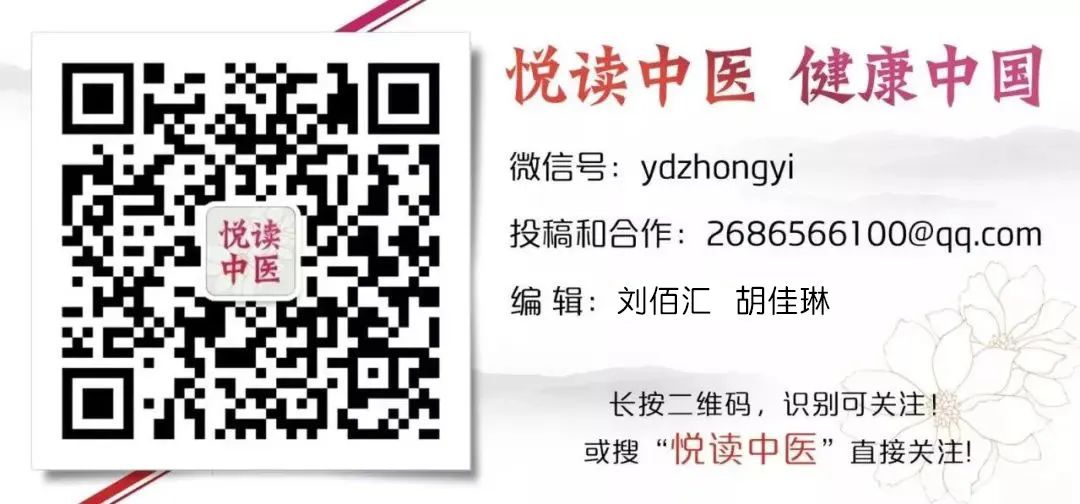

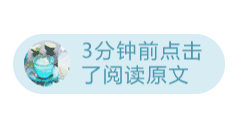 Click“Read the original text”to immediately purchase the recommended good books
Click“Read the original text”to immediately purchase the recommended good books

